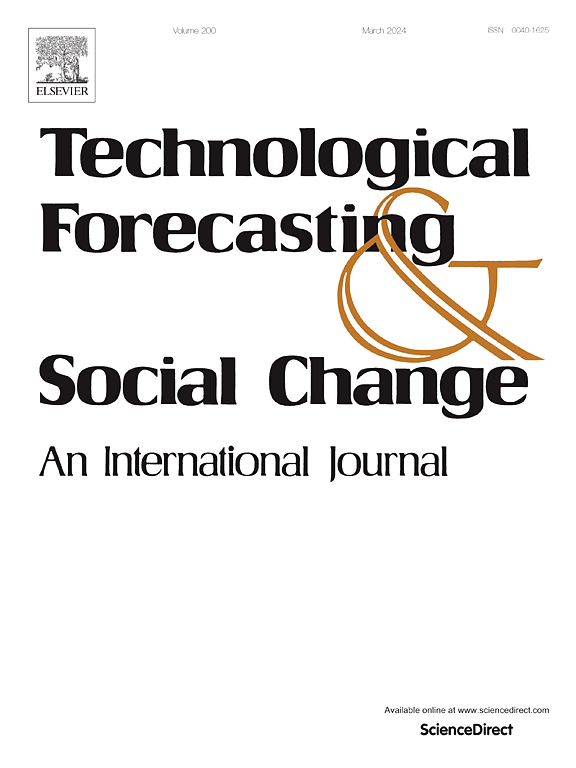中国的追赶过程与中美科技脱钩之间的联系
IF 13.3
1区 管理学
Q1 BUSINESS
Technological Forecasting and Social Change
Pub Date : 2025-06-20
DOI:10.1016/j.techfore.2025.124235
引用次数: 0
摘要
如何解释中美在某些技术领域的脱钩?通过对合作竞争、创新和全球战略的研究,我们认为这种脱钩源于两国之间的合作与竞争动态。最初,当中国的技术基础较低时,美国对与中国合作的兴趣不大,导致既没有合作也没有竞争。后来,由于中国的技术赶超达到中等水平,美国采取以合作为导向的方式加强中美关系。最近,在中国的追赶超过一定的门槛之后,无论是在水平上还是在速度上,美国都转向了以竞争为导向的方式。从这个意义上说,技术脱钩与中国的技术追赶过程密切相关。一项基于2008年至2021年15578个技术学年观察样本的实证研究支持了我们关于中国技术追赶过程与中美技术脱钩之间u型关系的主题。进一步的分析表明,当美国与其他国家拥有更多的共同发明专利时,u型关系变得平缓,但当中国和美国拥有更多的共同专利时,同样的关系变得陡峭。另一项分析表明,类似的u型关系也可以在早期的日美关系中找到。讨论了理论和实践的关键含义。本文章由计算机程序翻译,如有差异,请以英文原文为准。
The link between China's catchup process and the China-US technology decoupling
What explains the decoupling between China and the US in selective technology domains? Leveraging insights from the literatures on co-opetition, innovation, and global strategy, we argue that the decoupling stems from the dynamics of cooperation and competition between the two nations. Initially, when China's technological base was low, the US had little interest in cooperating with China, resulting in neither cooperation nor competition. Later, since China's technological catchup reached a moderate level, the US adopted a cooperation-oriented approach to strengthen the China-US tie. Recently, after China's catchup surpassed a certain threshold, whether in terms of level or pace, the US shifted toward a competition-oriented approach. In this sense, technology decoupling is closely linked to China's technological catchup process. An empirical study with a sample of 15,578 technology class-year observations from 2008 to 2021 supports our theme about a U-shaped relationship between China's technological catchup process and the China-US technology decoupling. Further analyses reveal that the U-shaped relationship flattens when the US has more co-invented patents with alternative countries, but the same relationship becomes steeper with more co-owned patents between China and the US. An additional analysis shows that a similar U-shaped relationship could be also found in the earlier Japan-US relationships. The critical implications, both theoretical and practical, are discussed.
求助全文
通过发布文献求助,成功后即可免费获取论文全文。
去求助
来源期刊
CiteScore
21.30
自引率
10.80%
发文量
813
期刊介绍:
Technological Forecasting and Social Change is a prominent platform for individuals engaged in the methodology and application of technological forecasting and future studies as planning tools, exploring the interconnectedness of social, environmental, and technological factors.
In addition to serving as a key forum for these discussions, we offer numerous benefits for authors, including complimentary PDFs, a generous copyright policy, exclusive discounts on Elsevier publications, and more.

 求助内容:
求助内容: 应助结果提醒方式:
应助结果提醒方式:


